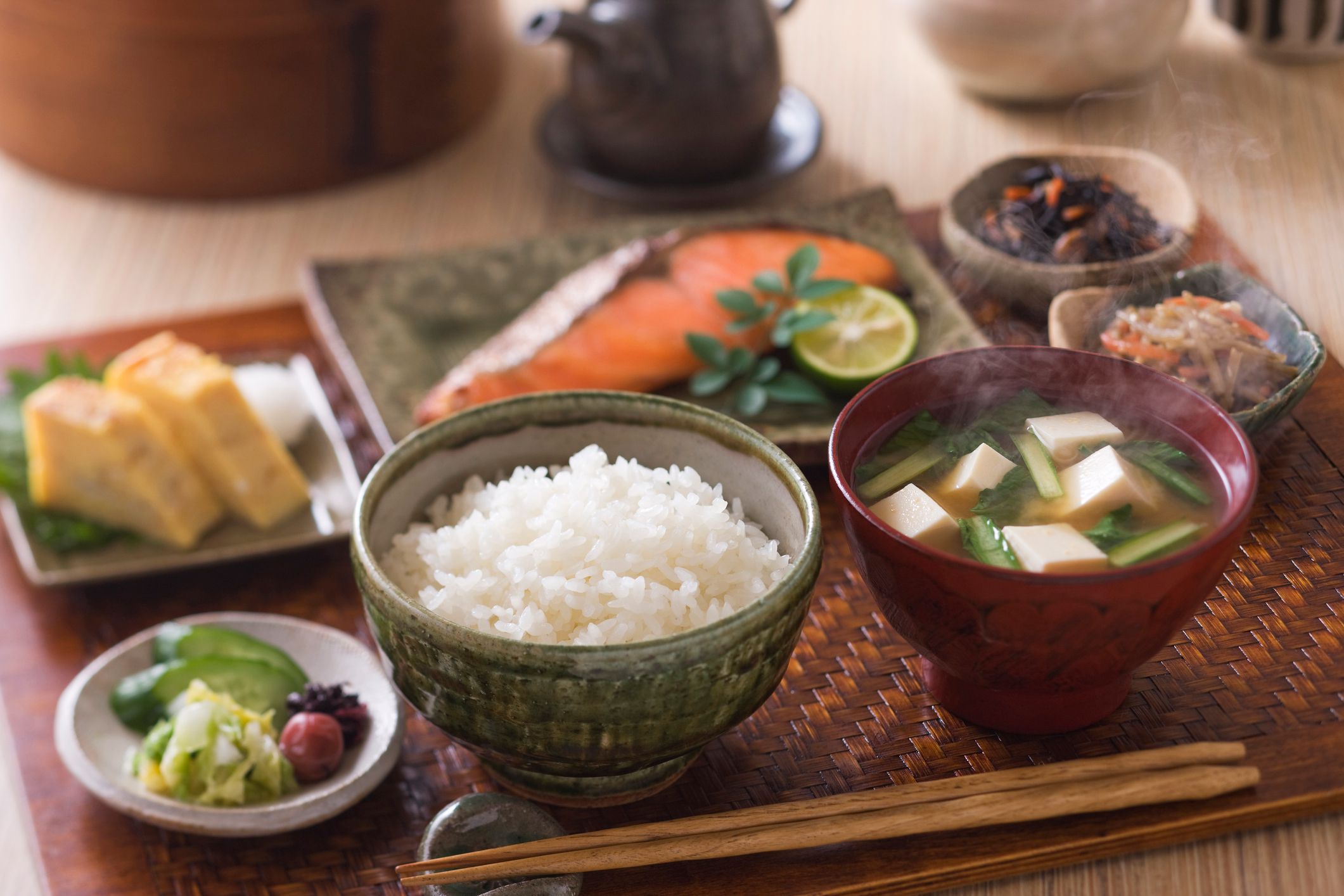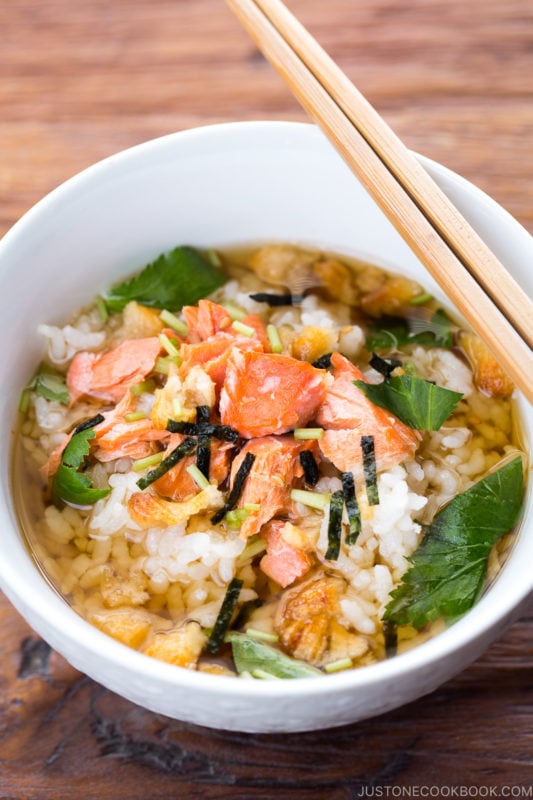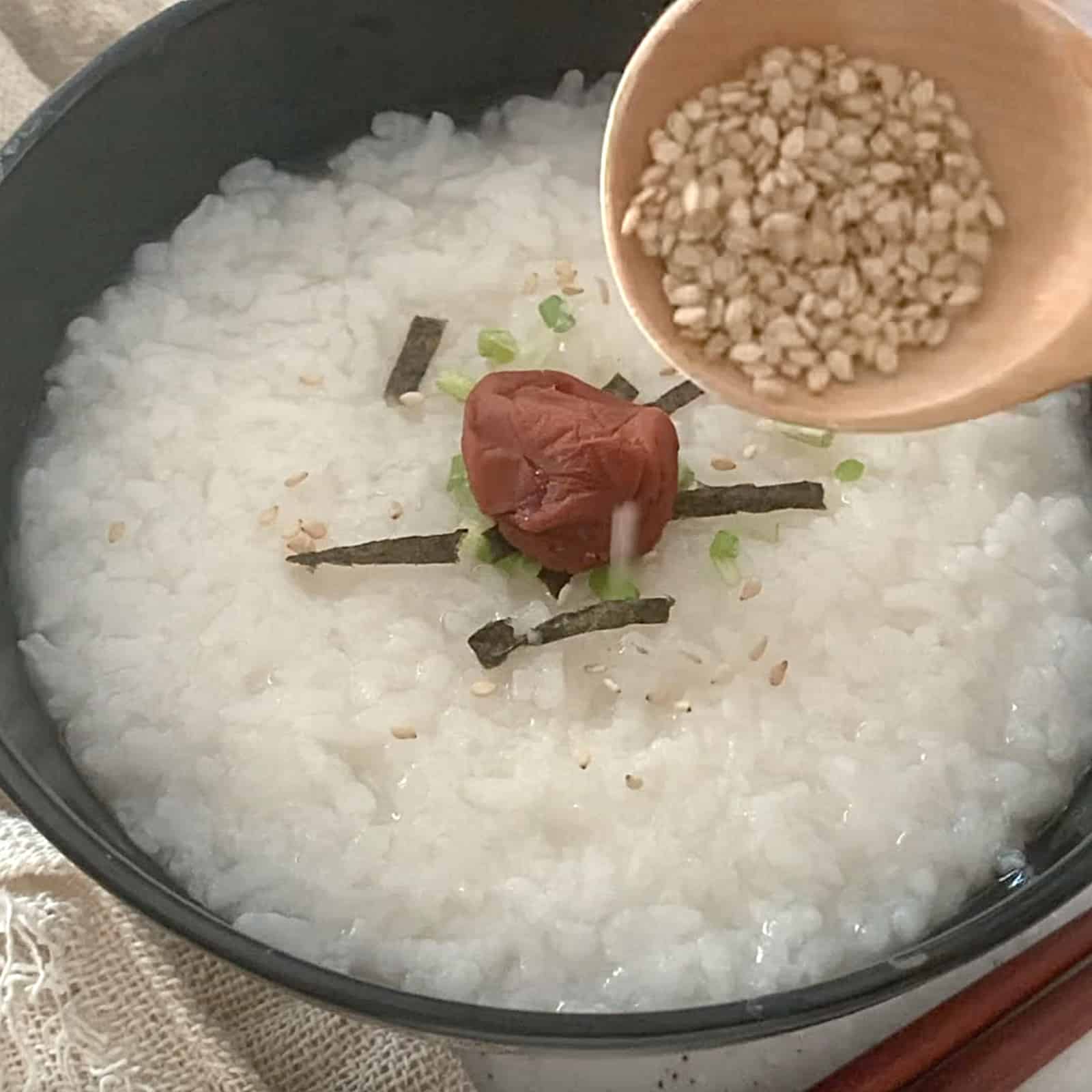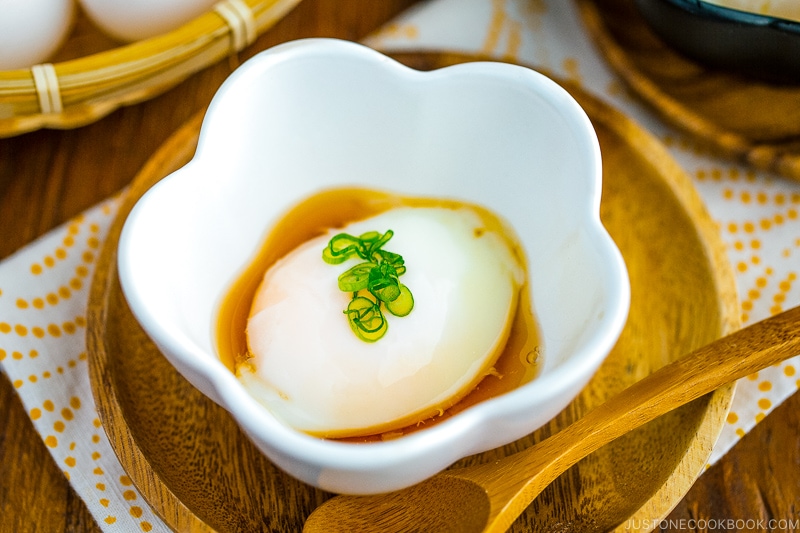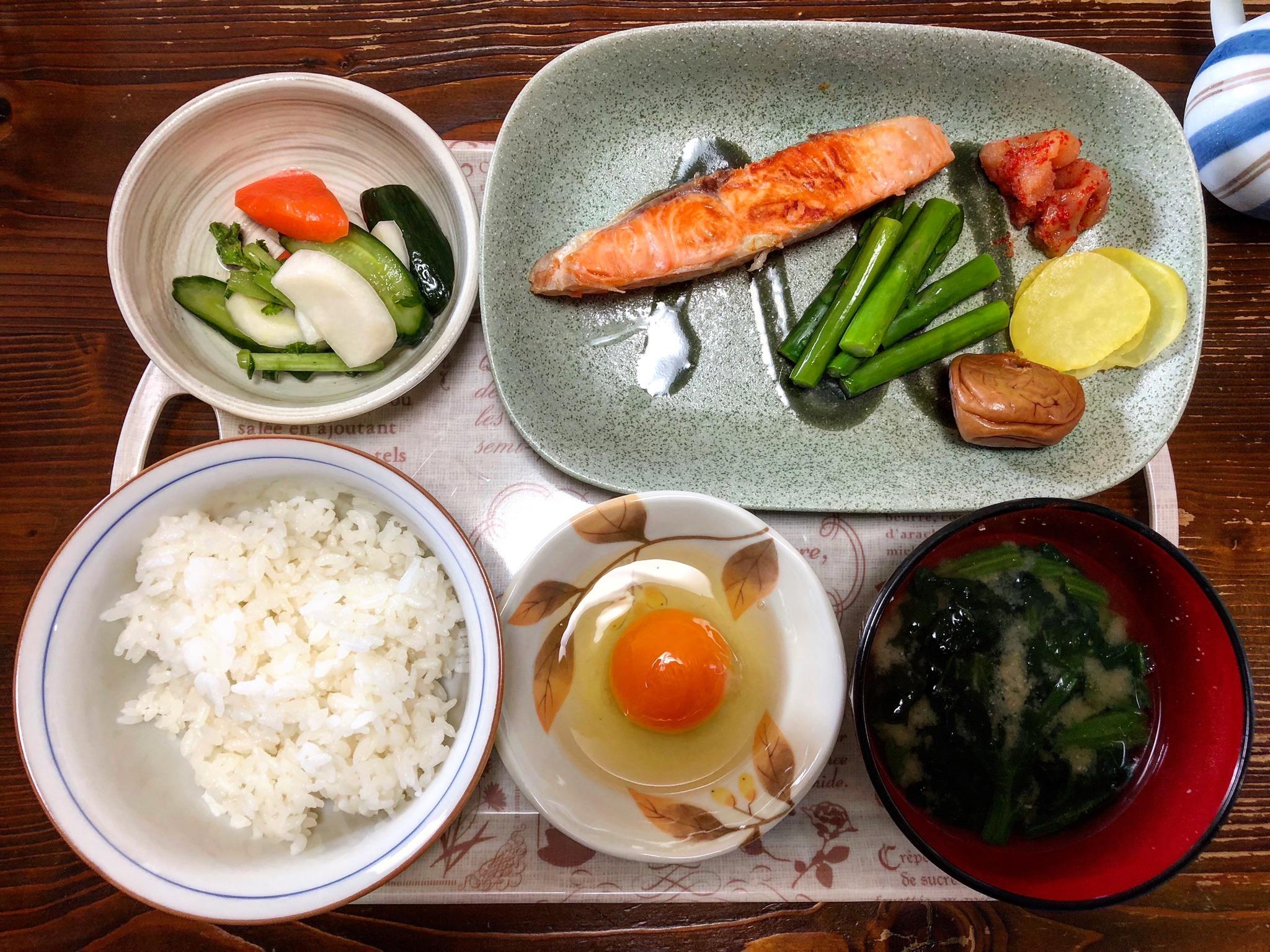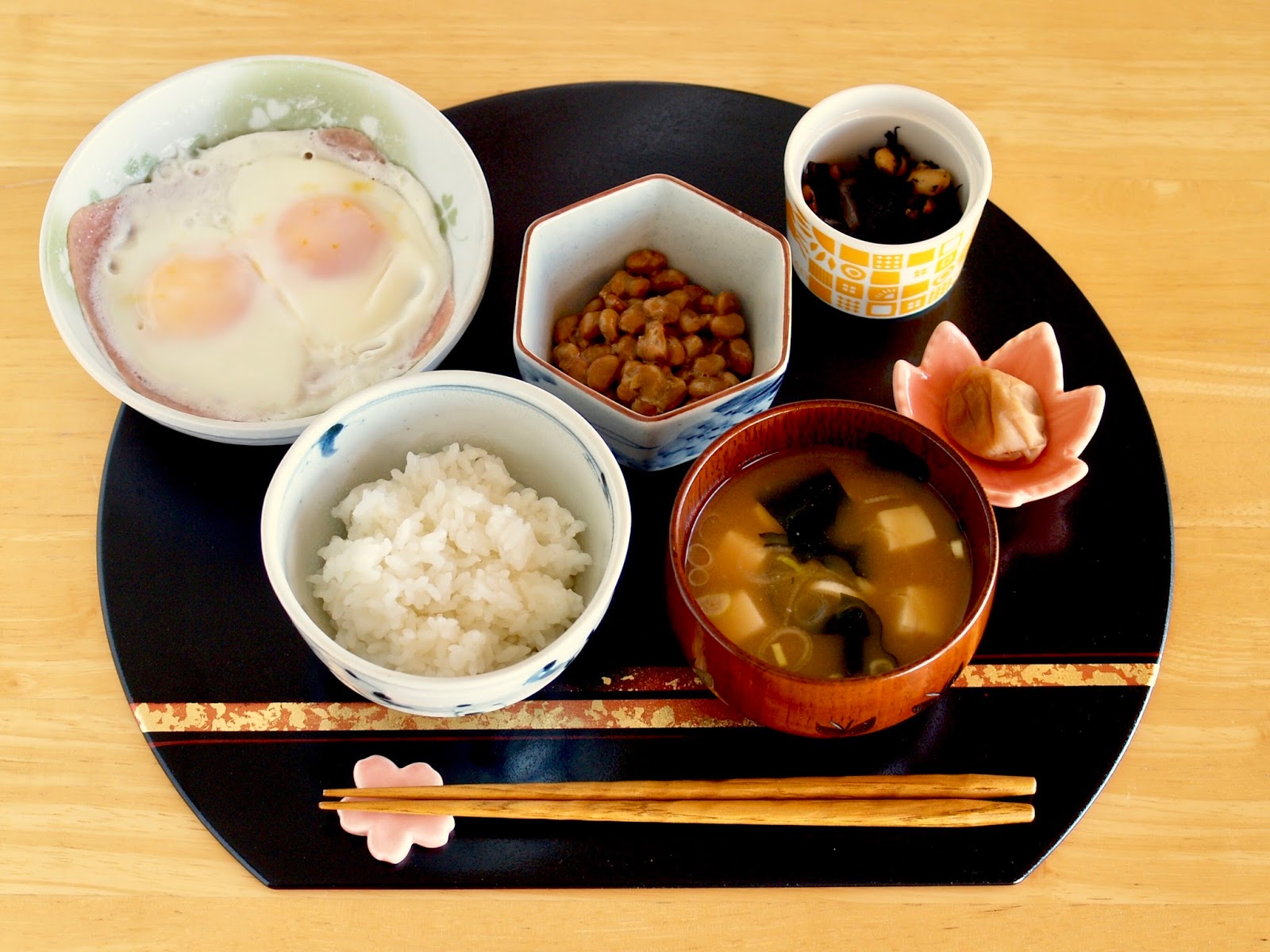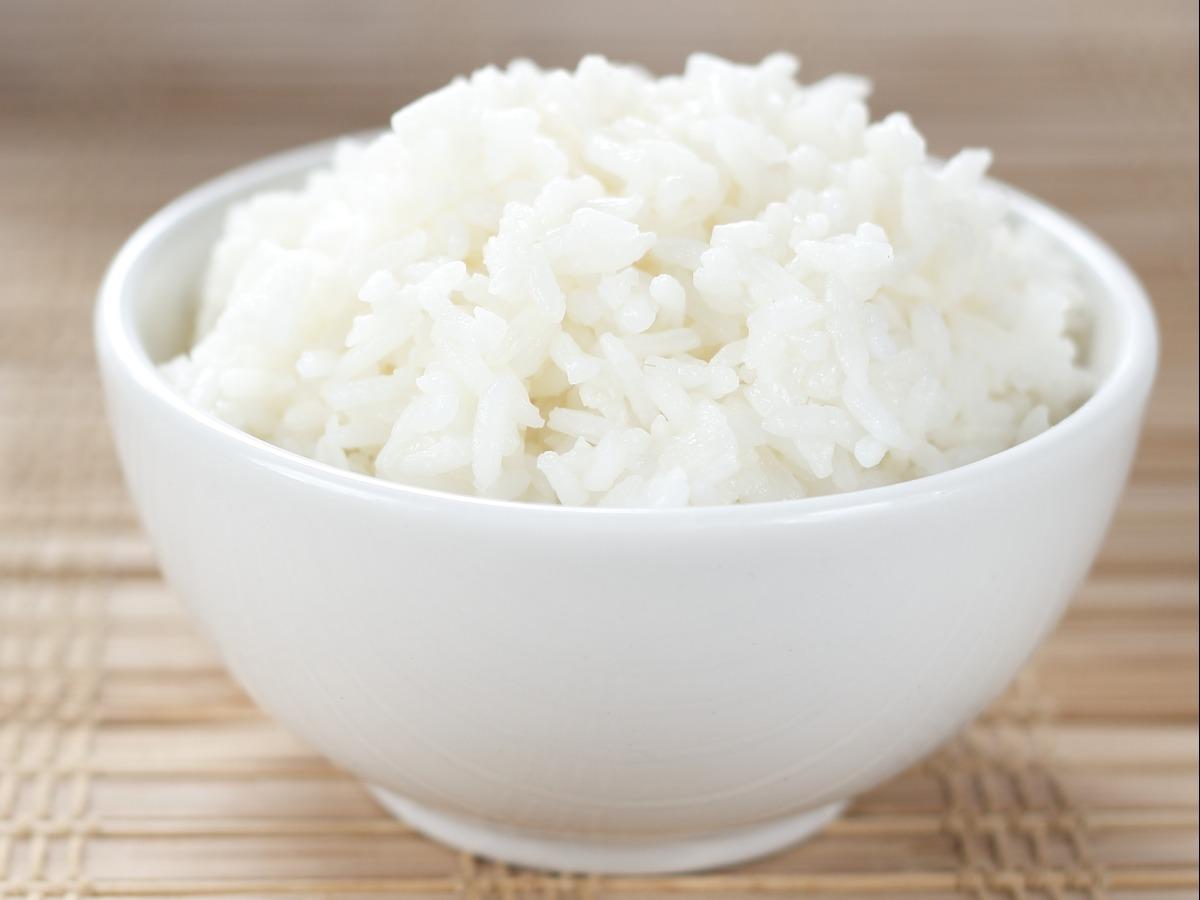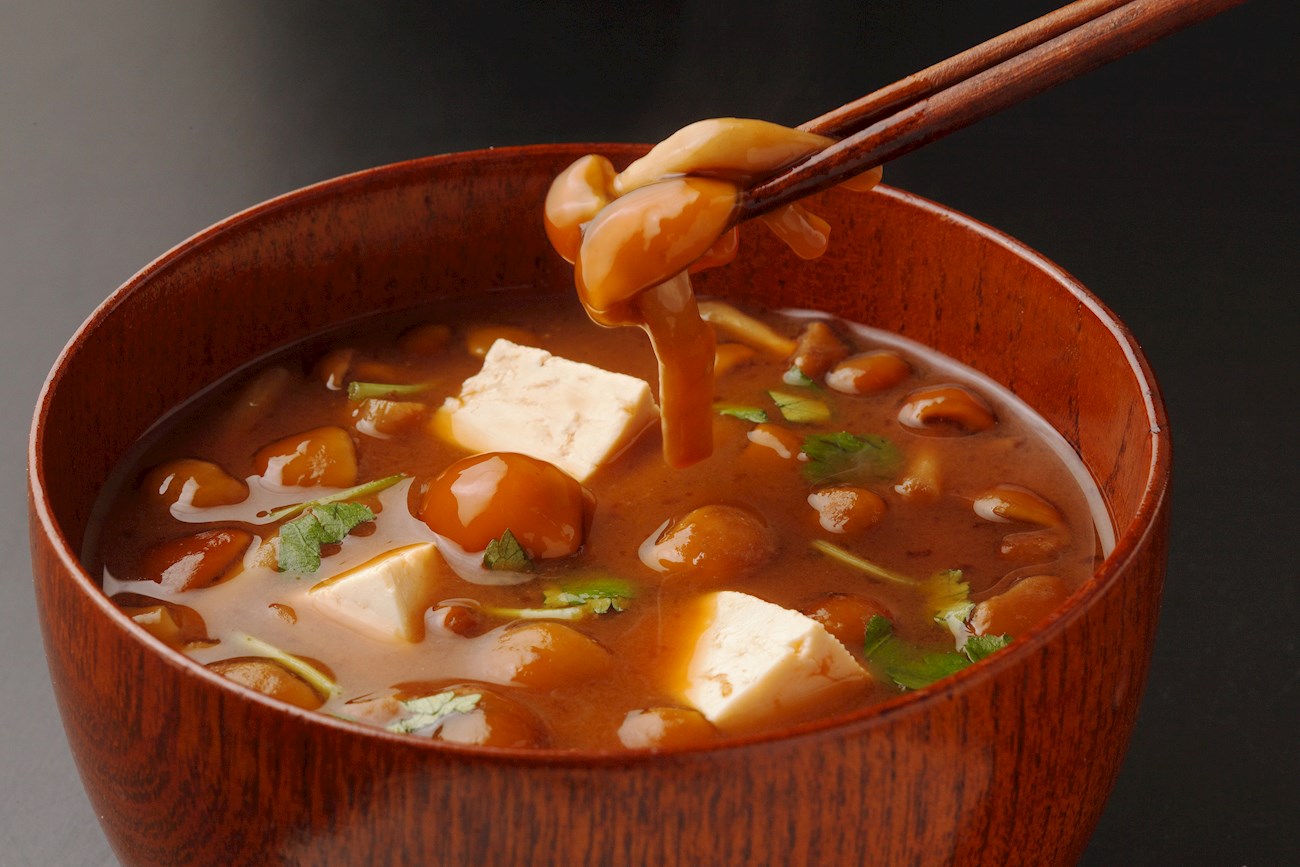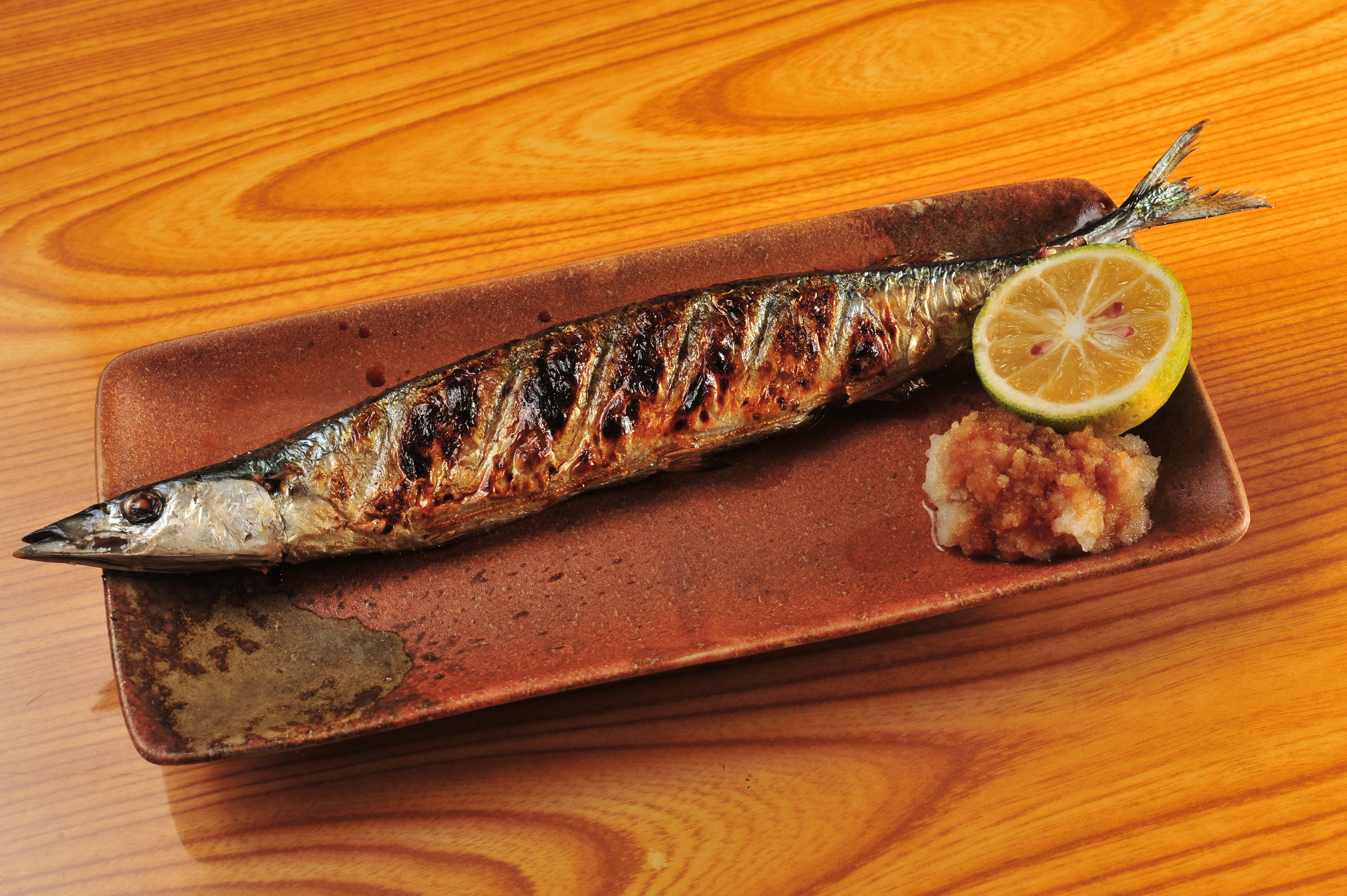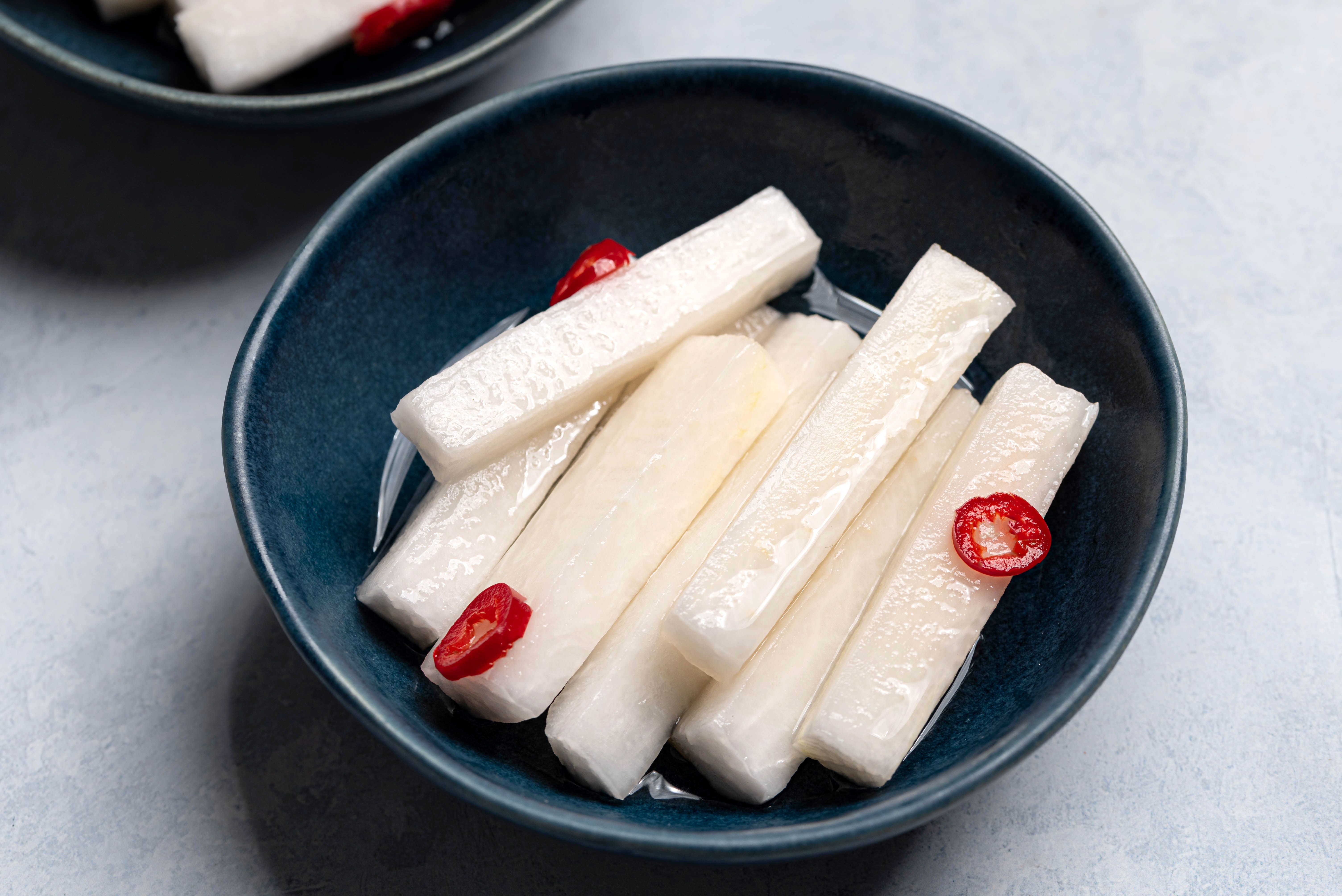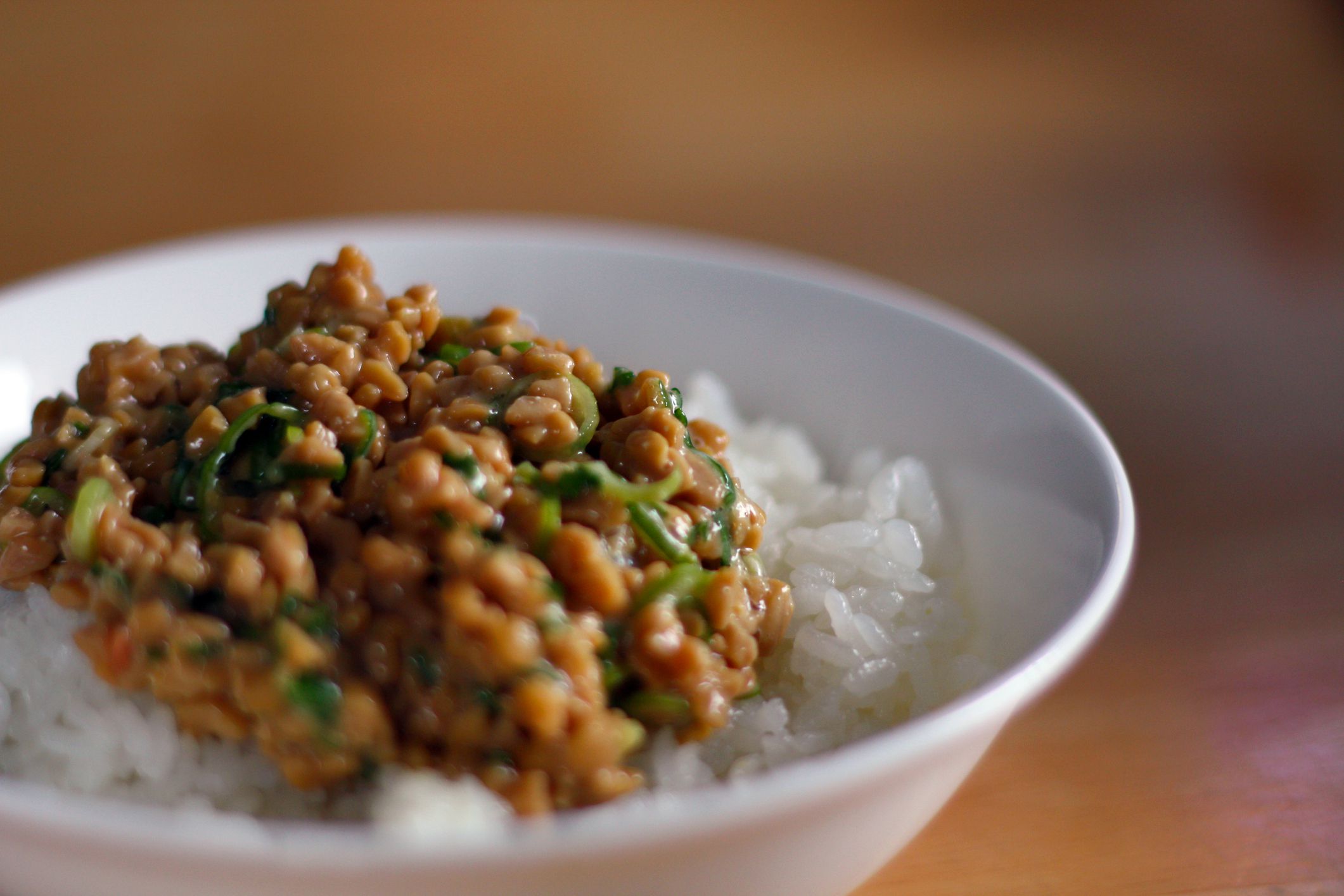Win a Free Trip to Japan!
Experience cherry blossoms and ancient temples
Japanese breakfast foods and the delicious secrets behind this wholesome morning tradition. From traditional Japanese breakfast staples to contemporary twists, the variety in typical Japanese breakfast dishes offers something for every palate. Discover why a Japanese breakfast is hailed as one of the healthiest ways to start your day and learn how to recreate these nutritious and delightful meals at home. In this post, we’ll cover everything from the essential ingredients of Japanese breakfast recipes to must-try dishes and regional specialties. Whether you’re a fan of traditional Japanese breakfast foods or looking to experiment with modern takes on classic recipes, you’ll find plenty of inspiration here to spice up your morning routine with healthy Japanese breakfast foods. So, let’s dive into the world of Japanese breakfast meals and explore the rich tapestry of flavors and health benefits that make them so beloved.
Overview of Traditional Japanese Breakfast Foods
A traditional Japanese breakfast is more than just the first meal of the day; it is a harmonious blend of various tastes and nutritional elements that have been cherished for centuries. This culturally rich meal typically comprises a balanced combination of rice, miso soup, fish, pickles, and vegetables, all contributing to the overall wellness of an individual. Here’s a simplified breakdown of some common elements found in traditional Japanese breakfast meals, showcasing the variety and balance integral to this morning tradition:
Key Components of a Typical Japanese Breakfast
| Food Item | Description |
|---|---|
| Steamed Rice | A staple in the Japanese diet, providing essential carbohydrates and energy. |
| Miso Soup | A nutritious soup made from fermented soybean paste, packed with probiotics. |
| Grilled Fish | Typically salmon or mackerel, offering a lean source of protein and omega-3. |
| Pickled Vegetables | Known as Tsukemono, offering both flavor and digestive benefits. |
| Natto | Fermented soybeans rich in protein, vitamins, and beneficial bacteria. |
| Tamago-yaki | A sweet rolled omelet, providing a source of protein and a touch of sweetness. |
| Seaweed | Often served as nori or wakame, adding iodine and other vital minerals. |
Important Features
Japanese breakfast meals are well-regarded for their nutritional balance and inclusion of diverse food groups, making them an ideal start to the day. Let’s highlight some key benefits:
- Nutrient-Rich: These meals incorporate various healthy Japanese breakfast foods like fish, rice, and vegetables, ensuring a nutrient-dense start.
- Probiotics and Fermentables: Ingredients such as miso and natto support gut health through probiotics.
- Low in Fats and Sugars: Apart from the occasional tamago-yaki, these breakfasts are low in unhealthy fats and sugars.
Popular Dishes
Exploring Japanese breakfast recipes can introduce you to several delicious and nutritious dishes, including:
- Ochazuke: Rice with green tea poured over it, often garnished with seaweed, sesame seeds, and fish.
- Okayu: A congee style rice porridge, often topped with pickled plums (umeboshi).
- Onsen Tamago: Soft-cooked eggs typically cooked in hot spring water, offering a unique texture.
Through a variety of traditional Japanese breakfast foods, one can enjoy a meal that is both satisfying and beneficial to health, setting a positive tone for the rest of the day. Exploring these typical Japanese breakfast items can offer a rewarding and nutritious start to your morning, while also immersing you in a rich culinary tradition.
Why Japanese Breakfast is Considered Healthy
A Japanese breakfast is often hailed as one of the healthiest ways to start the day. This is not just a cultural perception but is backed by nutritional science. The components typically found in a traditional Japanese breakfast are designed to provide balanced nutrition and a variety of health benefits. Here are some reasons why a typical Japanese breakfast is considered exceptionally healthy:
Balanced and Nutritious
A Japanese breakfast usually includes a balanced mix of carbohydrates, proteins, and fats. The following table breaks down the primary components:
| Component | Typical Foods | Health Benefits |
|---|---|---|
| Carbohydrates | Rice or miso soup | Provides energy, low glycemic index |
| Proteins | Fish, eggs, tofu | Supports muscle repair and growth |
| Vitamins | Pickled vegetables, seaweed | Boosts immune function |
| Minerals | Seaweed, miso | Enhances bone health and metabolism |
Low in Processed Sugars and Fats
One of the primary reasons traditional Japanese breakfast recipes are healthy is the minimal use of processed sugars and unhealthy fats. Instead, foods are often steamed, grilled, or served raw, which retains their nutritional value.
High in Antioxidants
Another cornerstone of Japanese breakfast meals is the inclusion of foods like seaweed, green tea, and fermented foods. These items are known to be high in antioxidants, which help in combating oxidative stress and reducing the risk of chronic diseases.
Portion Control
Healthy Japanese breakfast foods typically emphasize moderation and portion control, which can help with weight management. The variety of small dishes allows you to enjoy a diverse range of flavors and nutrients without overeating.
Rich in Fiber
Foods like vegetables, seaweed, and miso soup are high in fiber, which aids in digestion and helps maintain a healthy gut.
By incorporating these elements, a typical Japanese breakfast supports overall wellness and provides a nourishing start to the day. If you’re interested in trying Japanese breakfast recipes, you’ll be pleased to find they are as delightful as they are health-promoting.
Preparing a Typical Japanese Breakfast at Home
Delving into the art of preparing a typical Japanese breakfast at home ensures a delightful and nutritious start to your day. The simplicity yet richness of traditional Japanese breakfast can be easily replicated with a few essential ingredients and tools.
Essential Components of a Typical Japanese Breakfast
A traditional Japanese breakfast comprises several dishes that harmonize well together. Here’s a breakdown of the essential elements you’ll need:
- Steamed Rice (Gohan): The staple foundation of any Japanese breakfast meal.
- Miso Soup (Miso Shiru): Made from fermented soybean paste, enriching your meal with probiotics.
- Grilled Fish (Yakizakana): Often salmon or mackerel, providing vital proteins.
- Japanese Omelette (Tamagoyaki): A sweet-savory rolled omelette that’s both fluffy and flavorful.
- Pickles (Tsukemono): Adds a crunchy texture with a tangy punch.
- Natto: Fermented soybeans, optional but traditional, known for its unique flavor and health benefits.
Setting up Your Kitchen
Before diving into japanese breakfast recipes, ensure you have the right kitchen tools:
- Rice cooker or pot for perfect steamed rice.
- A small pot for miso soup.
- Non-stick skillet for grilling fish and making omelettes.
Step-by-Step Guide to Making a Japanese Breakfast
- Cook the Rice: Use a rice cooker for convenience or a pot for stovetop cooking. Opt for short-grain white rice for authenticity.
- Prepare Miso Soup: Boil water, add dashi stock, miso paste, and ingredients like tofu or seaweed.
- Grill the Fish: Season with salt and grill until golden and cooked through.
- Make Tamagoyaki: Beat eggs with a touch of soy sauce and sugar, pour into a skillet, and roll into layers.
- Serve Pickles and Natto: These items usually come pre-prepared and just need to be plated.
Quick Tips
- Plan Ahead: Some ingredients, like pickles and natto, can be bought in advance.
- Simplify: Start with a few basic items (rice, miso soup, grilled fish) and gradually include additional components as you get comfortable.
Ingredient Substitutions
If certain ingredients are hard to find, consider these alternatives:
| Traditional | Substitution |
|---|---|
| Gohan | Quinoa or brown rice |
| Yakizakana | Chicken breast |
| Natto | Edamame |
“Crafting a japanese breakfast at home is an enriching experience that connects you to the heart of Japanese culture. The variety and balance make it not only delicious but also incredibly nourishing.”
Using this guide, you’ll soon master preparing a typical Japanese breakfast that rivals any cozy spot in Tokyo. Enjoy the journey and the flavors!
Must-Try Japanese Breakfast Recipes
When considering a traditional Japanese breakfast, several quintessential dishes immediately come to mind. These healthy Japanese breakfast foods not only offer a delightful start to the day but also pack a nutritious punch. Here’s a breakdown of some typical japanese breakfast meals that you simply must try, along with a recipe table to guide your culinary journey.
Popular Dishes
- Miso Soup – A comforting bowl of fermented soybean broth, often paired with tofu cubes, seaweed, and green onions.
- Tamago Kake Gohan – A simple yet satisfying dish of hot steamed rice topped with a raw egg and soy sauce.
- Natto – Fermented soybeans known for their strong flavor and sticky texture, usually served with rice.
- Grilled Fish – Commonly mackerel or salmon, lightly seasoned and grilled to perfection.
- Tsukemono (Pickles) – A variety of pickled vegetables that add a burst of flavor and crunch.
Recipe Table
| Dish | Key Ingredients | Simple Recipe Step |
|---|---|---|
| Miso Soup | Miso paste, tofu, seaweed, green onions | Dissolve miso paste in hot water, add tofu and seaweed. Garnish with green onions. |
| Tamago Kake Gohan | Steamed rice, raw egg, soy sauce | Crack the raw egg onto hot rice, mix well with soy sauce. |
| Natto | Fermented soybeans, mustard, soy sauce | Stir natto until sticky, serve over rice with mustard and soy sauce. |
| Grilled Fish | Mackerel/salmon, salt | Season fish with salt, grill until cooked through. |
| Tsukemono | Cucumber, daikon radish, salt, vinegar | Slice vegetables, marinate in salt and vinegar. |
Pro Tips
- Miso Soup: Enhance the flavor by adding dashi stock.
- Tamago Kake Gohan: Ensure the rice is freshly cooked for the best texture.
- Natto: Mixing vigorously enhances the stickiness, which is prized in Japanese cuisine.
- Grilled Fish: Pre-salting the fish brings out its natural flavors.
- Tsukemono: Experiment with different vegetables and seasonings for varied tastes.
By trying out these japanese breakfast meals, you’ll not only enjoy a delicious and satisfying morning routine but also embrace the rich culinary traditions of Japan. For more japanese breakfast recipes, consider exploring various regional delicacies and modern twists on classics to broaden your palate.
Popular Japanese Breakfast Dishes You Need to Know
When it comes to traditional japanese breakfast foods, there are several popular dishes that offer a perfect blend of taste and nutrition. Let’s explore the must-try options that can transform your morning meal into a delightful experience.
1. Rice (Gohan)
Rice is the cornerstone of any typical japanese breakfast. Steamed white rice, or gohan, is often served plain and acts as a base for many other components of the meal.
2. Miso Soup (Miso Shiru)
A staple in many Japanese households, miso soup is made with fermented soybean paste, tofu, seaweed, and green onions. It’s a comforting dish that complements rice perfectly.
3. Grilled Fish (Yakizakana)
Commonly used fish like salmon or mackerel are lightly salted and grilled. This protein-rich dish is a standard in many traditional japanese breakfast menus.
4. Japanese Omelette (Tamagoyaki)
Tamagoyaki is a sweet, rolled omelette that adds a burst of flavor. Made with layers of seasoned egg, it balances the savory elements of the meal.
5. Pickled Vegetables (Tsukemono)
Tsukemono adds a tangy and crunchy contrast to the breakfast spread. Common picks include pickled radishes, cucumbers, and plums.
6. Natto
Natto, fermented soybeans, is a unique and acquired taste but offers extraordinary nutritional benefits, including probiotics and protein.
Table: Key Popular Dishes
| Dish | Description |
|---|---|
| Rice (Gohan) | Plain steamed rice, the foundation of a traditional breakfast |
| Miso Soup (Miso Shiru) | A savory soup made with miso paste, tofu, and seaweed |
| Grilled Fish (Yakizakana) | Lightly salted and grilled fish such as salmon or mackerel |
| Japanese Omelette (Tamagoyaki) | Sweet rolled omelette made with seasoned eggs |
| Pickled Vegetables (Tsukemono) | Tangy and crunchy pickled items like radishes and cucumbers |
| Natto | Fermented soybeans known for their strong flavor and nutritional value |
Discover More
By incorporating these traditional japanese breakfast foods into your morning routine, you’ll enjoy a balanced and flavorful start to your day. From japanese breakfast recipes like tamagoyaki to the deeply nourishing miso soup, each dish offers its own unique contribution to the overall meal. Try recreating these staples at home to truly experience the benefits of healthy japanese breakfast foods.
Health Benefits of Japanese Breakfast Foods
Japanese breakfast foods offer a myriad of health benefits that can contribute to a balanced and nutritious diet. These meals are often considered healthier than many Western breakfast options due to their wholesome ingredients and mindful preparation methods. Here’s why:
Nutrient-Rich Ingredients
Traditional Japanese breakfast foods typically include a variety of nutrient-dense elements:
- Fish: Rich in omega-3 fatty acids, which promote heart health.
- Rice: A good source of carbohydrates and essential minerals.
- Miso Soup: Packed with probiotics, aiding digestion and gut health.
- Pickled Vegetables: Contain beneficial bacteria that help maintain a healthy digestive system.
- Seaweed: High in vitamins and minerals like iodine, which supports thyroid function.
Balanced Macro and Micronutrients
A typical Japanese breakfast balances carbohydrates, proteins, fats, vitamins, and minerals to ensure a comprehensive meal. For instance:
| Component | Typical Dish | Nutrients |
|---|---|---|
| Carbohydrate | Steamed Rice | Source of energy |
| Protein | Grilled Fish, Tamagoyaki | Muscle maintenance and repair |
| Healthy Fats | Fish, Tofu | Essential fatty acids |
| Vitamins & Minerals | Seaweed, Pickles, Veggies | Immune support, bone health, etc. |
| Probiotics | Miso Soup, Pickles | Improves gut health |
Nutrient-dense and well-balanced, Japanese breakfast meals offer a great start to the day, helping maintain energy levels and overall wellness.
Low in Processed Sugars and Fats
Unlike many Western breakfasts laden with sugary cereals and pastries, traditional Japanese breakfast foods have minimal added sugars and unhealthy fats. This makes them a superior choice for maintaining stable blood sugar levels and reducing the risk of chronic diseases.
Boosts Metabolism and Digestion
“The fermented ingredients like miso and pickled vegetables not only add flavor but also promote gut health by fostering beneficial bacteria. Additionally, the lean proteins from fish contribute to muscle health and metabolic balance.”
Promotes Longevity and Well-being
Japanese diet practices, particularly healthy Japanese breakfast foods, are often linked to the country’s high life expectancy. These meals are nourishing and fulfill dietary needs, thereby contributing to both physical and mental well-being.
In summary, incorporating Japanese breakfast recipes into your morning routine can lead to various health benefits, from improved digestion to enhanced nutrient intake. This dietary practice embodies a harmony of flavor and nutrition that supports a healthy lifestyle.
Essential Ingredients for Japanese Breakfast Recipes
When preparing Japanese breakfast recipes, understanding the key ingredients can make all the difference. Traditional Japanese breakfast meals are known for their nutrition and balanced flavors, built on a foundation of staple foods. Below, we explore the essential ingredients you need to recreate an authentic traditional Japanese breakfast at home.
Key Ingredients Overview
To start, here are some typical items you will often find in healthy Japanese breakfast foods:
- Rice (Gohan): Steamed rice is the cornerstone of any typical Japanese breakfast. Its simplicity allows it to complement a variety of other dishes.
- Miso Paste: Used to make miso soup, this fermented soybean paste provides a rich, umami flavor that is both nutritious and satisfying.
- Soy Sauce (Shoyu): This versatile condiment adds depth and savory notes to many Japanese dishes, including breakfasts.
- Dashi: A fundamental broth made from kombu (kelp) and bonito flakes, dashi serves as a base for many soups and sauces.
Table of Essential Ingredients
Here’s a handy table highlighting some of the essential ingredients and their roles:
| Ingredient | Role |
|---|---|
| Rice (Gohan) | Base for the meal |
| Miso Paste | Flavoring for soups and sauces |
| Soy Sauce | Seasoning for various dishes |
| Dashi | Base broth for soups and simmered dishes |
| Nori (Seaweed) | Used in rolls, soups, and as a garnish |
| Tofu | Adds protein and texture to soups and dishes |
| Pickled Vegetables (Tsukemono) | Provides crunch and tanginess |
Additional Important Ingredients
- Nori (Seaweed): Often used in sushi, nori is also a common breakfast item, whether to wrap around rice or as a side.
- Tofu: High in protein and low in calories, tofu is a healthful addition to soups and side dishes.
- Pickled Vegetables (Tsukemono): These provide a tangy and crunchy contrast to the other, softer textures on the breakfast table.
Tips for Stocking Your Pantry
When assembling your pantry for traditional Japanese breakfast foods, focus on quality ingredients. For instance:
- Choose short-grain rice for its stickiness and authenticity.
- Look for high-quality miso paste and soy sauce for richer flavors.
- Invest in a dashi starter or learn to make your own for the best results.
By stocking these essentials, you’ll be well-equipped to create a variety of Japanese breakfast meals that are both nutritious and authentic. Stay tuned as we delve into specific Japanese breakfast recipes and methods in the following sections.
By using these staple ingredients, you’ll be on your way to mastering the art of traditional Japanese breakfast preparation. Enjoy exploring the unique flavors and health benefits these foods have to offer!
Tips for Creating Authentic Japanese Breakfast Meals
Creating authentic Japanese breakfast meals at home can be a rewarding experience that offers a window into the rich culinary traditions of Japan. Whether you’re a novice or an experienced cook, here are several tips to help you prepare a traditional Japanese breakfast that captures the authentic flavors and essence of Japanese cuisine.
Start with Quality Ingredients
- Use fresh and high-quality ingredients, especially for fish and vegetables. Ingredients like tofu, nori (seaweed), and miso paste should be sourced from reputable suppliers for the best taste.
Master the Basics
- Understanding how to cook rice properly is a cornerstone of making an authentic typical Japanese breakfast. Invest in a good rice cooker and opt for short-grain rice.
- Learn to make dashi, the foundational fish stock used in many traditional Japanese breakfast foods.
Keep It Balanced
- The Japanese diet is renowned for its balance. Ensure your breakfast includes a mix of proteins (such as fish or tofu), grains (like rice or millet), and vegetables.
Use Traditional Cooking Methods
- Cooking methods like steaming, grilling, and simmering are pivotal. For example, try grilling fish or simmering vegetables in light broths.
Set Up an Aesthetic Presentation
- Presentation is as essential as taste in Japanese breakfast recipes. Use small bowls and plates, and arrange food artfully to elevate the dining experience.
Include Pickled Side Dishes
- Pickles, or tsukemono, are integral to traditional Japanese breakfast meals. Make or buy pickled vegetables like daikon radish or cucumber to complement the main dishes.
Practice Simplicity and Minimalism
- Japanese cuisine often emphasizes simplicity and the natural flavors of the ingredients. Avoid over-complicating dishes and focus on the purity of taste.
| Key Tips | Description |
|---|---|
| Quality Ingredients | Fresh fish, vegetables, tofu, nori, and miso. |
| Master Cooking Rice | Invest in a rice cooker, use short-grain rice. |
| Balanced Meals | Mix proteins, grains, and vegetables. |
| Traditional Methods | Steaming, grilling, simmering. |
| Presentation | Small bowls, neat arrangement. |
| Pickled Side Dishes | Include tsukemono like daikon. |
| Simplicity | Emphasize natural flavors. |
By following these tips, you can create a delicious and authentic Japanese breakfast experience right in your own kitchen. Experiment with various japanese breakfast recipes and a variety of healthy Japanese breakfast foods to find what you love best.
Exploring Regional Varieties in Japanese Breakfast Foods
**Japan’s diverse geography and rich cultural history contribute to a wide range of regional varieties in Japanese breakfast foods. These regional differences provide a fascinating glimpse into the local traditions and ingredients that define each area’s culinary identity. Below, we explore some of the notable regional traditional Japanese breakfast foods that offer a delightful departure from the more common Japanese breakfast meals.
Kaiseki Ryori in Kyoto
Kyoto, known for its refined and elegant cuisine, offers a traditional Japanese breakfast experience that emphasizes seasonal ingredients and delicate presentations. Kaiseki Ryori includes:
- Yudofu: Hot tofu served with a light soy-based dipping sauce.
- Obanzai: Small dishes featuring local vegetables, often marinated or simmered.
- Tsukemono: A variety of pickled vegetables, unique to the region’s palate.
Ochazuke in Hiroshima
In Hiroshima, a popular breakfast item is Ochazuke, which is a simple yet comforting dish prepared by pouring green tea or dashi over cooked rice. This dish is often garnished with:
- Nori: Dried seaweed.
- Umeboshi: Pickled plum.
- Grilled fish: Such as salmon or mackerel.
Ishikari Nabe in Hokkaido
Hokkaido, famous for its cold climate and bountiful seafood, features breakfasts that are hearty and warming. Ishikari Nabe is a regional hotpot dish made with:
- Salmon: Freshly caught from local waters.
- Miso soup: A rich broth incorporating miso paste.
- Vegetables: Including daikon radishes, potatoes, and leeks.
Natural Tastes of Okinawa
Okinawa, an island known for its unique cuisine and high longevity rates, offers breakfasts that blend simplicity with natural flavors. Featured items include:
- Goya Champuru: A stir-fry of bitter melon, tofu, and eggs.
- Sata Andagi: Sweet deep-fried buns.
- Miso Soup with Pork: Highlighting the island’s preference for richer, heartier flavors.
Comparison Table: Regional Breakfast Varieties
| Region | Key Dish | Unique Ingredients |
|---|---|---|
| Kyoto | Kaiseki Ryori | Yudofu, Obanzai, Tsukemono |
| Hiroshima | Ochazuke | Nori, Umeboshi, Grilled fish |
| Hokkaido | Ishikari Nabe | Salmon, Miso, Daikon, Potatoes, Leeks |
| Okinawa | Goya Champuru | Bitter melon, Tofu, Pork, Sata Andagi |
Each of these regional Japanese breakfast meals offers a unique taste and experience, showcasing the versatility and richness of typical Japanese breakfast traditions. Venturing into these diverse Japanese breakfast recipes opens a door to understanding and enjoying the cultural tapestry that is Japan.
Modern Takes on Traditional Japanese Breakfast Meals
In recent years, modern takes on traditional Japanese breakfast meals have gained popularity both in Japan and globally. While staying true to the essence of the traditional Japanese breakfast, these contemporary variations add a twist of creativity and innovation that appeal to a wide range of tastes.
Fusion and Creativity in Modern Japanese Breakfast
Modern interpretations of Japanese breakfast recipes often emphasize convenience without compromising on health and flavor. Here are some notable trends:
- Breakfast Bowls: A twist on the traditional Japanese breakfast, these bowls typically include a base of rice topped with a variety of ingredients like avocado, smoked salmon, and soft-boiled eggs.
| Traditional Element | Modern Twist |
|---|---|
| Miso Soup | Miso Soup with Vegetables |
| Rice | Brown Rice or Quinoa |
| Grilled Fish | Teriyaki Salmon |
| Pickled Vegetables | Fresh Avocado Slices |
| Natto | Tofu Scramble |
Onigiri Variations: While onigiri (rice balls) is a staple in a typical Japanese breakfast, contemporary versions often incorporate novel fillings like spicy tuna, cheese, or even Western ham and eggs.
Smoothies with a Japanese Flair: Blending traditional Japanese breakfast foods like matcha, tofu, and soy milk, these smoothies offer a nutritious and delicious start to the day.
Ingredients Shaping Modern Japanese Breakfast
Healthy Japanese breakfast options are often focused on high-quality ingredients with added benefits. For instance,
- Superfoods like chia seeds and flaxseeds are being mixed into the traditional miso soup.
- Organic and locally sourced vegetables are becoming staples in traditional Japanese breakfast meals.
Balancing Tradition and Modernity
The key to successful modern Japanese breakfast meals lies in maintaining a balance between honoring traditional flavors and experimenting with new ingredients. By keeping the nutritional benefits intact while adding contemporary elements, these modern takes cater to both purists and adventurers alike.
As you explore Japanese breakfast recipes, don’t hesitate to add your creative flair. Whether it’s a simple avocado topping or a full re-imagination using quinoa, the possibilities in Japanese breakfast meals are endless, allowing you to enjoy a taste of Japan with a modern twist.
Frequently Asked Questions
What are some traditional Japanese breakfast foods?
Traditional Japanese breakfast foods often include dishes such as steamed white rice, miso soup, grilled fish, and natto (fermented soybeans). Other items might include tamagoyaki (Japanese omelette), pickled vegetables, and tofu. These foods are balanced to provide protein, carbohydrates, and various nutrients to start the day well.
How do I make miso soup from scratch?
To make miso soup from scratch, you will need dashi (a Japanese soup stock), miso paste, and your choice of ingredients like tofu, wakame seaweed, and scallions. Begin by heating the dashi until it gently simmers. In a separate bowl, mix a small amount of hot dashi with the miso paste to form a smooth mixture. Return this mixture to the pot of dashi, and stir until dissolved. Finally, add your selected ingredients and simmer until heated through, ensuring not to boil the soup to preserve the delicate flavors.
Is natto an acquired taste?
Yes, natto is considered an acquired taste by many people. Natto is made from fermented soybeans and has a strong smell, sticky texture, and a somewhat pungent flavor. While it is highly nutritious and boasts various health benefits, some may need time to get used to its unique characteristics. It’s often enjoyed with rice and garnished with soy sauce, mustard, or green onions to enhance its flavor.
Can Japanese breakfast foods be adapted for a Western palate?
Absolutely, Japanese breakfast foods can be adapted for a Western palate. For instance, tamagoyaki (Japanese omelette) can be made with familiar ingredients such as cheese or ham. Grilled fish can be seasoned with herbs instead of traditional Japanese seasonings. Additionally, miso soup can be customized with vegetables and proteins that suit Western tastes. Adjusting flavors and ingredients allows one to enjoy Japanese breakfast foods within a more familiar context.

